Writing Teaching Resources
Teaching writing strategies and the writing process this school year? Explore a comprehensive collection of teacher resources for elementary and middle school ELA teachers — all created by teachers!
Stocked with graphic organizers, writing prompts, templates, worksheets and so much more, this collection of printable and digital activities is designed to help you as you help your students become more effective communicators and unleash their creativity and imagination.
Save time on lesson planning with resources that have been through a careful review process by an expert member of our teacher team to ensure they're ready for your classroom and your students!
Are you looking for tips and tricks to add to your teacher toolkit this school year? Read on for a primer from our teacher team, including engaging activities for teaching writing in elementary and middle school and a look at some of the different writing strategies your students will need to learn.
11 Writing Strategies Kids Should Know by the End of Middle School
We can't talk about teaching kids to write without talking about the different writing strategies that can help them do just that!
When it comes to teaching our students to become confident writers who articulate their ideas effectively, here are some of the strategies our teacher team prioritizes:
1. Brainstorming
Brainstorming is something we often do in the classroom, and it's a crucial part of learning to generate the ideas that will drive students' writing as they progress through their educational journey. Kids should know how to create a list of potential topics or points related to a particular writing assignment.
With younger students, this is often done as a whole group by writing ideas and points on chart paper. In upper grades, students transition over to using text-based materials to generate ideas and talking points.
2. Outlining
Before diving directly into any assignment, our students should be able to create a structured framework or outline. Teaching students how to create this outline will help them organize their thoughts and arguments for penning their essays, reports and research papers.

3. Using Graphic Organizers
Technically graphic organizers are classroom tools, so you may not think of their use as a writing strategy per se. However, learning to use these tools is another means of providing kids with the tools they need to organize their ideas and information before they sit down to write.
These organizers are particularly useful for expository writing — students can use them to outline main ideas, supporting details, and transitions.
Students can also take advantage of story maps when they are working on narrative writing to plot the key elements of a story, such as characters, setting, conflict, rising action, climax and resolution.
Graphic organizers such as the OREO strategy and hamburger paragraph are also great tools for students to use when working with opinion and persuasive texts.
4. Freewriting
Writer's block is the enemy of creativity, and it can easily frustrate young students who don't know where to begin.
When students freewrite, they write continuously without worrying about grammar or punctuation. This writing strategy can be extremely freeing — hence the name! — and helps frustrated writers move past that writer's block, generating fresh ideas.

5. Peer Editing
Learning to review and provide constructive feedback on each other's work is a great writing strategy to employ in your classroom to help students improve their writing quality and enhance their editing skills.
The strategy allows your students to learn from one another, and it arms them with an important tool they can use well into the future — calling on peers to provide a critical eye to a piece of writing.
6. Using Sensory Language
Working on descriptive writing? With this writing strategy, students engage the reader's senses through vivid and sensory language to create a more immersive experience.
7. Including Transitions and Connectives
As students become more proficient in the writing process, learning to use transitional words and phrases allows them to create smooth transitions between sentences and paragraphs. This strategy makes their writing more coherent and polished.
8. Incorporating Evidence
In persuasive, opinion, and expository writing, students are taught to support their claims with evidence and examples to strengthen their arguments.
It takes some practice to train your students to use evidence in their writing, so it's often a good idea to start with something simple, like the R.A.C.E.S. strategy.
9. Crafting a Thesis Statement
In expository, opinion, and persuasive writing, crafting clear and concise thesis statements that summarize the main point or argument of their essay helps students be more focused and organized in their writing. This strategy can also have the effect of empowering students to express their ideas confidently and persuasively.
10. Incorporating Introductions and Conclusions
With this strategy, students practice crafting effective introductions and conclusions that grab the reader's attention and leave a lasting impression.
11. Following a Revision Checklist
Teaching your students to use a revision checklist is a strategy that will help them be more self-reflective, evaluating their own writing against the checklist criteria and becoming more aware of their strengths and weaknesses.

- Plus Plan
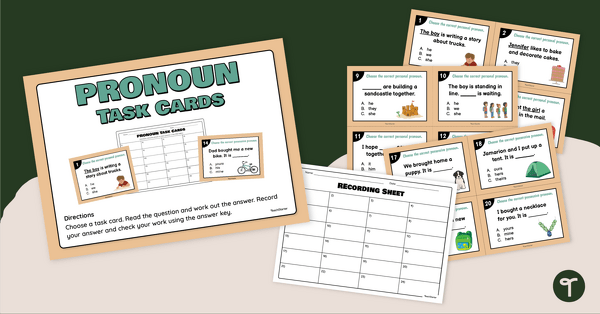
Pronoun Task Cards
Get your students to practice using pronouns with this set of task cards perfect for reading centers.
- Free Plan

Statement, Question, Command, Exclamation – Cut and Paste Worksheet
Identify statement, command, question, and exclamation sentences with a Types of Sentences Cut and Paste worksheet for 2nd grade.
- Plus Plan
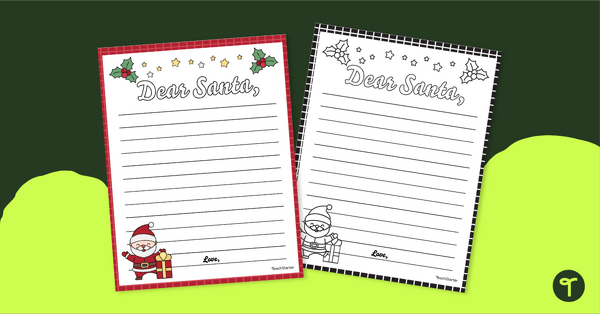
Letter to Santa Printable - Upper Grades
Write a letter to Santa on fun printable Santa letter templates.
- Plus Plan

Letter to Santa Template
Write a letter to Santa with a printable letter to Santa Template that includes fill-in-the-blank sections to help young students build their letter.
- Plus Plan
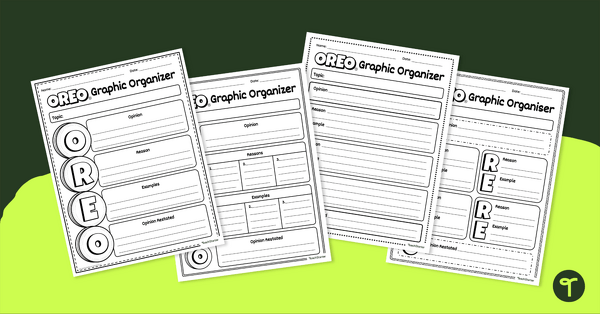
Opinion Paragraph - OREO Planning Template
Help your students write well constructed opinion paragraphs using the OREO acronym with these planning templates.
- Plus Plan
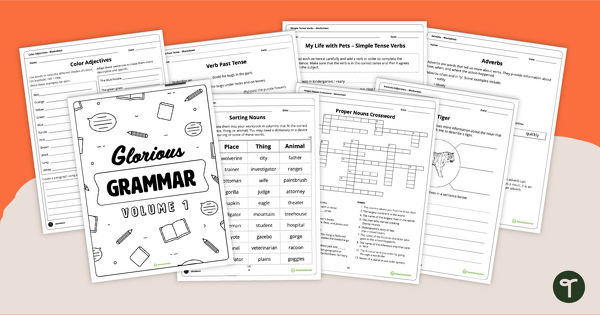
Glorious Grammar Volume 1 Workbook
50 activities in one booklet which all revolve around learning grammar in the classroom.
- Plus Plan
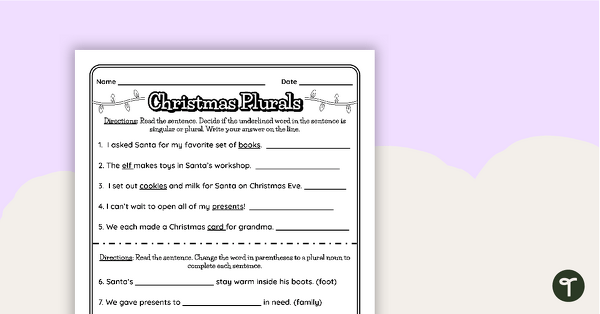
Christmas Plural Nouns Worksheet
Practice identifying singular and plural nouns with this Christmas worksheet.
- Plus Plan
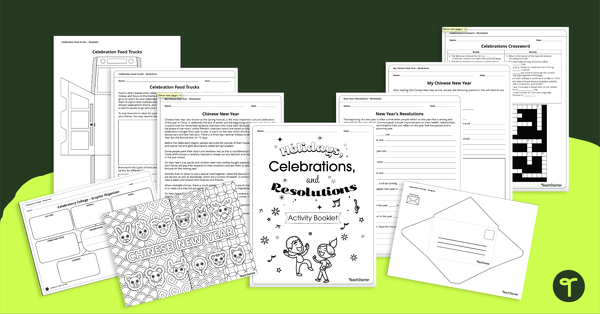
Holidays, Celebrations, and Resolutions – Upper Grades Workbook
Learn about celebrations from around the world with this 15-page activity booklet.
- Plus Plan
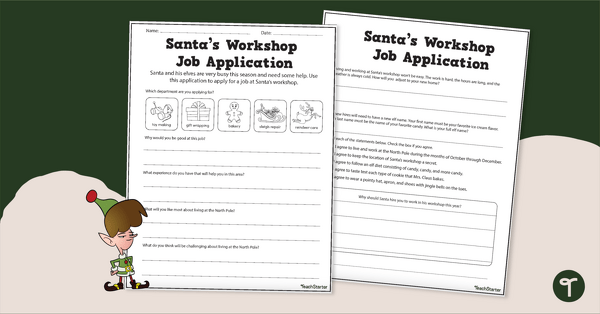
Santa's Workshop Job Application - Elf Job Application
Bring a bit of holiday cheer to your persuasive writing lessons by having your students complete a Santa's Workshop job application.
- Plus Plan
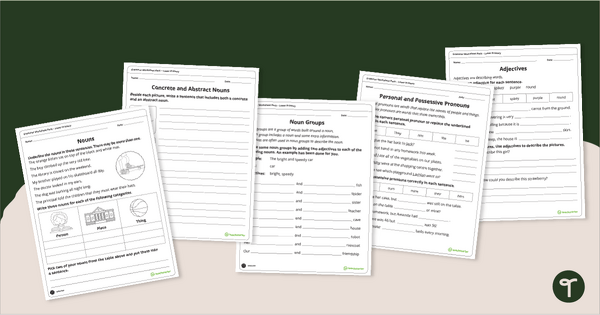
Grammar Worksheet Pack – Lower Elementary
Review different parts of speech with this worksheet pack.
- Free Plan
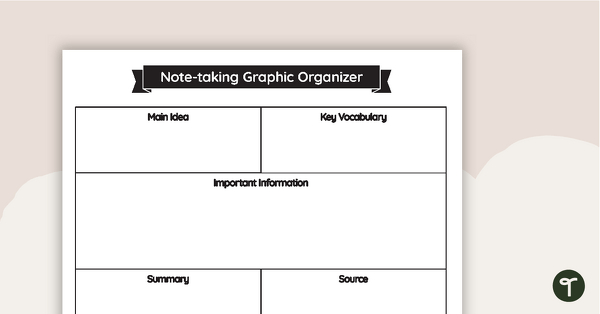
Note-taking Graphic Organizer
A graphic organizer for students to use when taking notes.
- Plus Plan
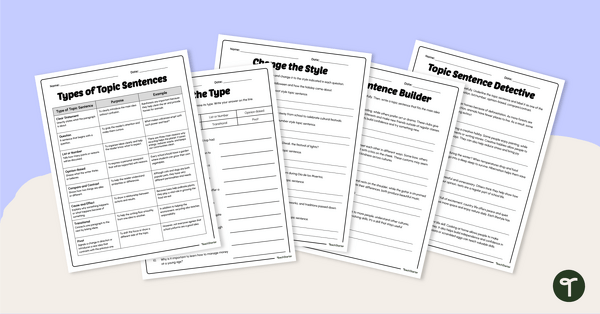
Topic Sentences Practice Worksheets
Use these topic sentence practice worksheets to introduce, model and reinforce effective paragraph writing in the classroom.
- Plus Plan
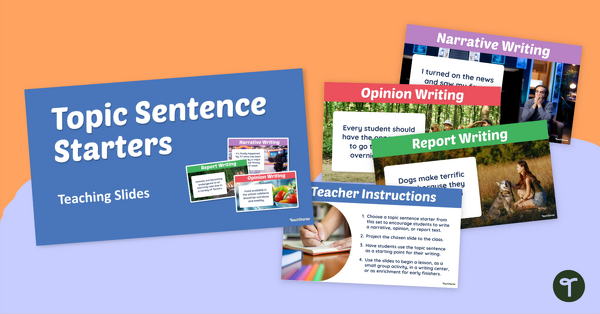
Sentence Starters for Writing Slides
Spark creativity with our sentence starters for writing slides that provide your students writing prompts across three writing genres.
- Plus Plan
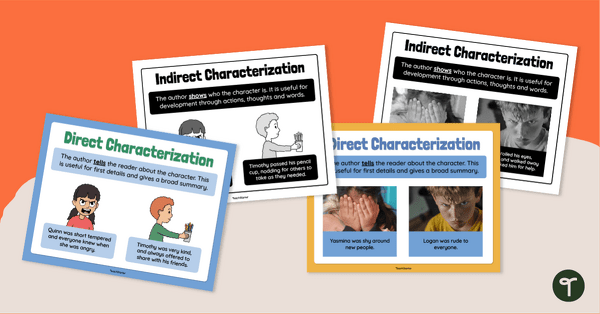
Direct and Indirect Characterization Anchor Chart
Reference a direct and indirect characterization anchor chart to teach your students the difference between types of characterization.
- Plus Plan
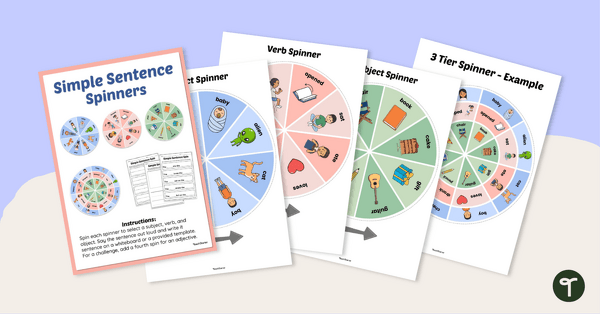
Simple Sentence Activity Spinner Template
Engage young writers with this fun and interactive Simple Sentence Activity - Spinner Template.
- Plus Plan
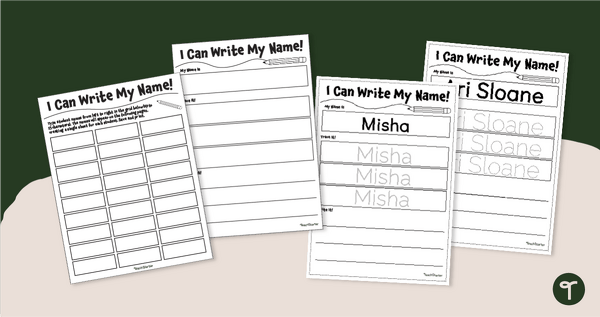
Name Tracing Worksheets - Auto-Fill Handwriting Sheets
Use our Auto-Fill Name Tracing Worksheets PDF to easily create name tracing worksheets.
- Plus Plan

Shades of Meaning in Verbs Worksheet Pack
Help your students explore different verbs for their writing with these shades of meaning verb worksheets.
- Free Plan
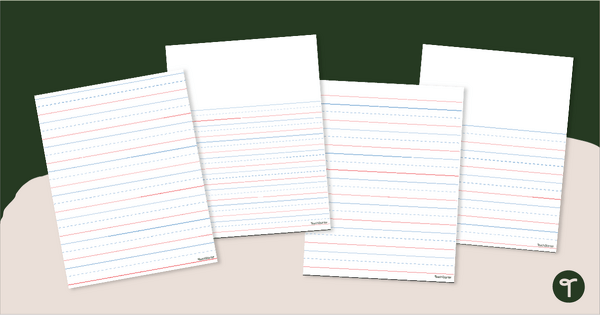
Dotted-Lined Handwriting Paper - Portrait
Use these printable dotted-lined handwriting paper templates to develop your students' letter formation skills in the kindergarten classroom.
- Plus Plan
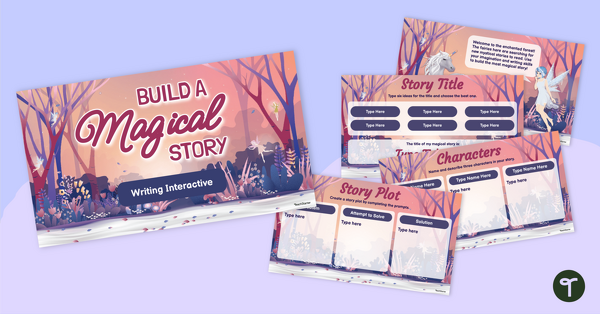
Build a Magical Story Interactive Activity
Use this “Build a Magical Story” narrative writing interactive activity to model the purpose, structural elements and language features of narrative texts.
- Plus Plan
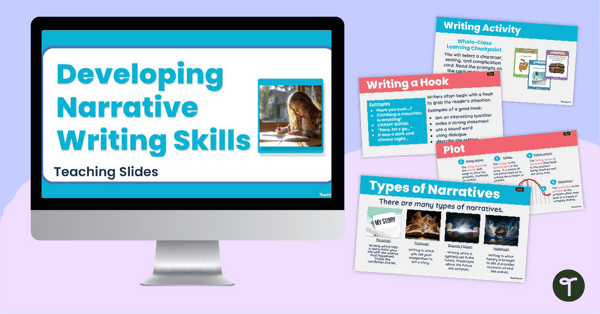
Developing Narrative Writing Skills - 3rd & 4th Grade
Teach your students about the structure and language features of narrative texts with an engaging interactive Narrative Writing Teaching Slide Presentation.
- Plus Plan
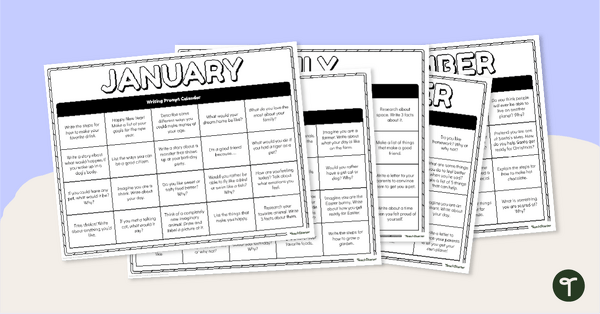
Monthly Writing Prompt Calendars - Lower Grades
Encourage your little learners to write with fun writing prompts for kids in early elementary school.
- Plus Plan
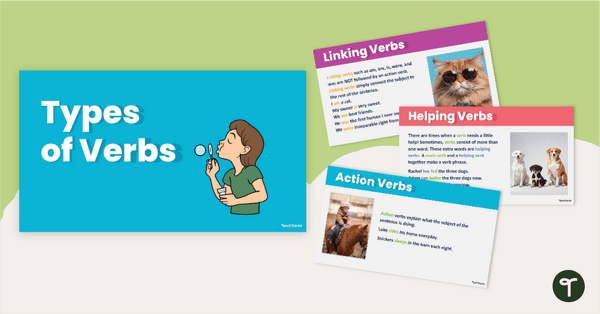
Types of Verbs Teaching Slides
Teach students about the different types of verbs with this set of 38 teaching slides with activities.
- Plus Plan
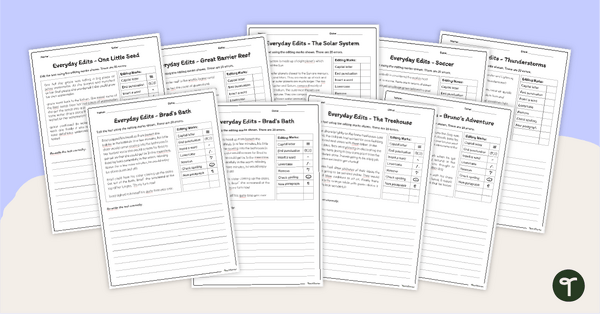
Editing Worksheets – Spelling, Grammar and Punctuation
Use these editing worksheets to add daily editing practice to your lesson plans.
- Free Plan
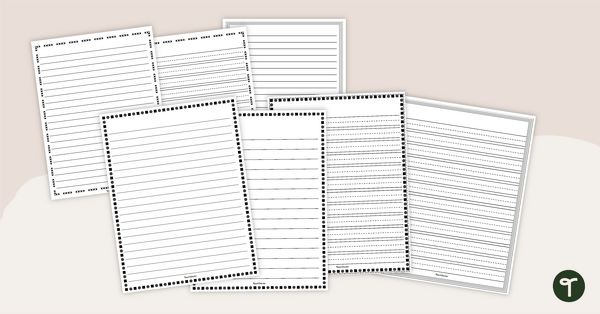
Free Printable Lined Paper Templates
Use this free printable lined paper pack to encourage students to write and publish their work in your classroom writing station.
- Plus Plan
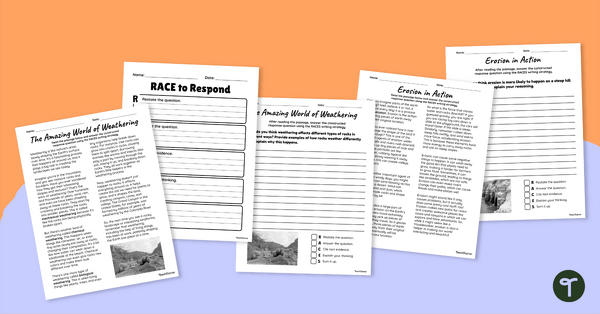
Weathering and Erosion – RACES Writing Strategy Worksheets
Combine reading, writing and science with two worksheets about weathering and erosion using the RACES writing strategy for text evidence.
- Plus Plan
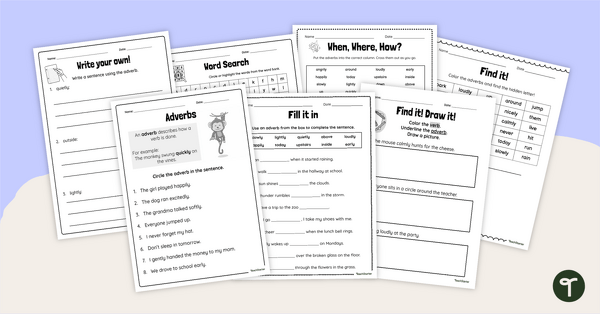
Adverbs for 2nd Graders – Worksheet Pack
Adverb practice doesn't have to be a struggle. Use these worksheets for 2nd graders in your classroom.
- Plus Plan
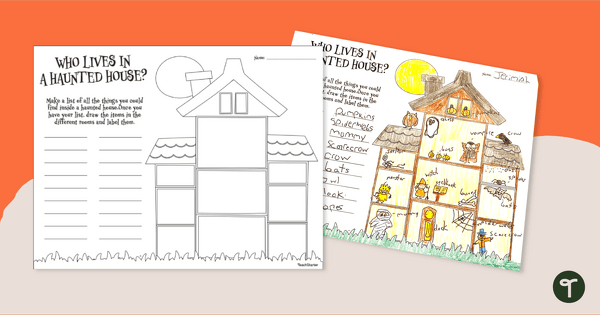
Who Lives in a Haunted House? 2nd Grade Nouns Worksheet
Draw and write about all the kooky nouns in a haunted house with a printable Halloween words worksheet for 2nd grade.
- Free Plan

Information Text Graphic Organizers
Get your students to plan and write informational texts with this set of 6 differentiated graphic organizers.
- Plus Plan
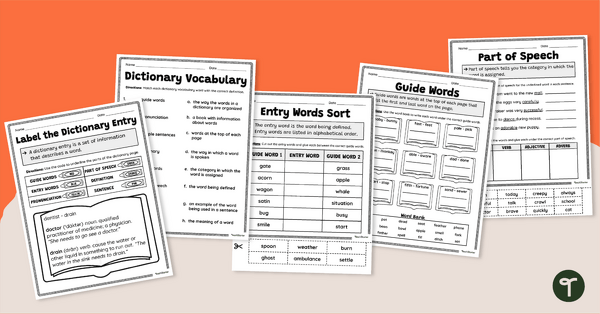
Dictionary Skills Worksheet Pack
Consolidate your students’ knowledge of dictionary skills with this complete worksheet pack!
- Plus Plan
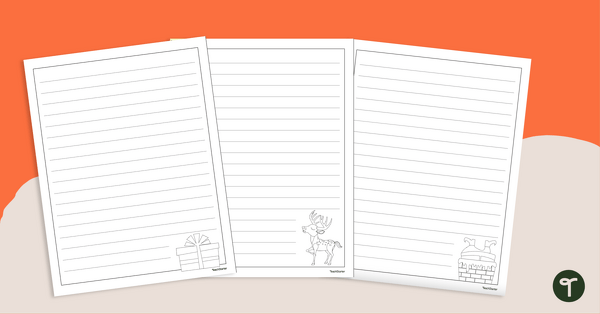
Printable Christmas Letter Paper - Narrow Ruled
Spice up your Christmas writing prompts with printable Christmas-themed writing paper.
- Plus Plan
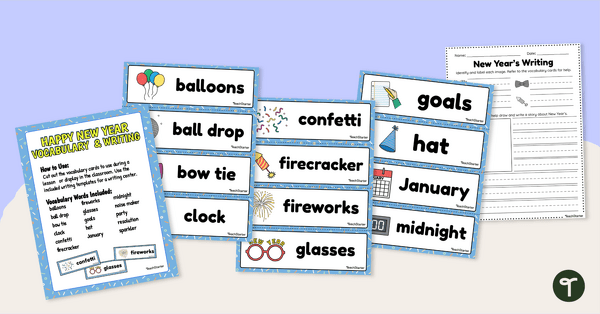
New Year's Vocabulary Cards and Writing Center
Create a vocabulary and writing center with a New Year's Day word wall and writing templates for primary grades.
- Plus Plan
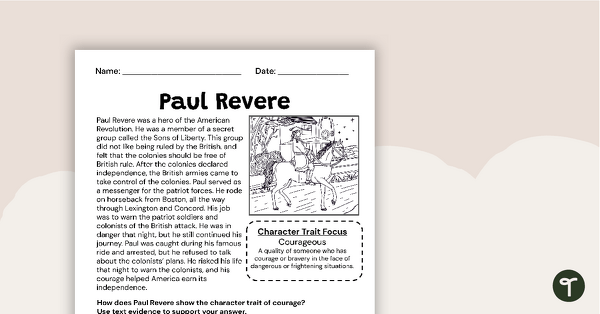
Paul Revere Worksheet - Constructed Response
Integrate reading, writing, and American history with a constructed response Paul Revere Worksheet highlighting the American Revolution.